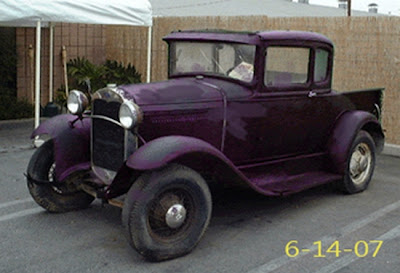
Americans throw away over 125 million cell phones per year. Even more strange, we have over 500 million retired cell phones sitting around our homes awaiting disposal.
This not only is an expensive and wasteful habit, it represents an avalanche of e-waste which will hit our landfills sometime soon when we collectively realize its time for spring cleaning. Cell phones are complex assemblies containing the toxic metals lead, cadmium and berillyum plus a fire retardant that actually may retard the user.
So the question becomes, when these little buggers go on the fritz, what do we do? Search out the nearest trashcan? Or try and save ourselves the hassle of trying to lie our way into warranty protection, or the expense of just buying a new phone.
A friend of mine has repaired his phone several times…he even rode is bike over the thing, but somehow brought it back to life. Check out Jim Rees’ web page devoted to repair of his cell phone. If Jim can do it, we can too.

And then there’s this article from Lance Ulanoff who gives tips on how to repair things. Read the article and laugh, because most of the time Lance is fixing broken items in under 5 minutes. Is the “broken” cell phone in your drawer really beyond repair?
We can create an infrastructure for repairing cell phones, we just have to invite a few hundred DIY cell phone repair techs from China to work over here for a few years. They could open kiosks at malls, “Cell Phone Repair While U Wait”. Not quite as slick as the new iPhone, but a heck of a lot cheaper.
Via: EcoIron



